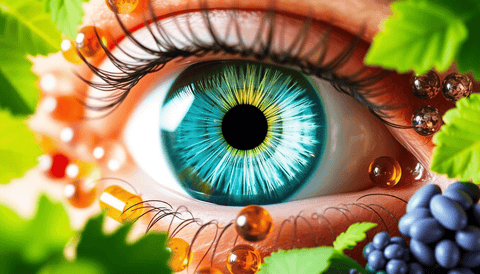Discover how lutein and zeaxanthin benefits are described in scientific literature. This page aims to explain what researchers mean when they talk about lutein and zeaxanthin benefits in relation to eye biology, without making health claims. The emphasis is on understanding terminology, study types, and the kinds of questions scientists ask about how these compounds function within the eye, so readers can approach the topic with clarity. Research discussions of lutein and zeaxanthin benefits often refer to proposed mechanisms such as light filtration and antioxidant activity. Scientists study these ideas across laboratory experiments, observational data, and clinical trials to understand how the compounds behave in the visual system. While some findings point to potential roles, the evidence base is nuanced and there is ongoing debate about the magnitude and conditions under which effects may appear. Practical tips for navigating this topic include checking the credibility of sources, distinguishing between correlation and causation, and noting the specific context of each study (such as population, dosage, and duration). If you encounter references to top dietary sources, look for credible data that compare concentration levels and typical portions, and use reputable databases to verify values. This approach helps you form a grounded view of lutein and zeaxanthin benefits without overreaching beyond what the science supports. By focusing on the language of lutein and zeaxanthin benefits, readers can better interpret new findings as they emerge. The page aims to balance curiosity with critical thinking, offering a neutral overview and practical steps for exploring how these carotenoids fit into wider discussions about eye-related biology. If you want personalized guidance, consider consulting qualified health professionals or nutrition experts who can help translate research into individual considerations.

